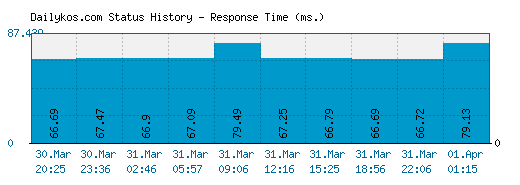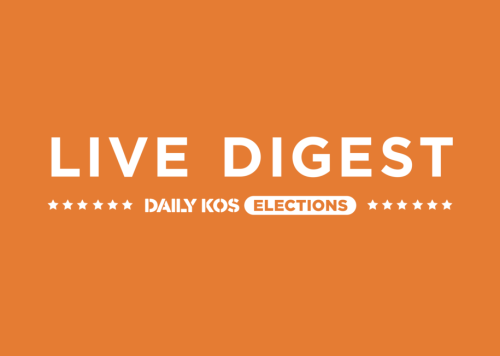

This is a huge problem for candidates in expensive media markets like New York City's, where not only are ad prices the highest in the nation, but, at best, just 3.5% of the DMA's 22 million inhabitants even live in your district. This data is also useful for grassroots donors because it can help you discover which districts allow campaigns to advertise most efficiently, where "efficiency" is defined as not having to spend much money reaching viewers who can't actually vote for you.
Quantcast daily kos tv#
However, it's more typical to see major spenders book TV time across multiple markets at once, as the pro-Democratic House Majority PAC did in March when it made reservations in four different Michigan-based media markets-broad enough coverage to sweep in the 7th, as well as the Grand Rapids-based 3rd and the Flint-based 8th. Standing on its own, therefore, this reservation would likely be targeted at the 10th. (Another Daily Kos Elections data set offers a helpful guide: our calculations of how the 2020 presidential election would have gone under the new maps, which show both of these districts as very evenly divided.)Īnd as we can see further, only the 10th is located entirely in the Detroit market (which, it should be noted, is much bigger than the city itself), while just 31% of the 7th is in Detroit, with the majority in the state capital of Lansing. But as it happens, only two of those districts, Michigan's 7th and 10th, are actually competitive this year. So when, for instance, you see a super PAC announcing a $1 million reservation in the Detroit market, what exactly does that mean? Well, that's exactly what our spreadsheet can tell you! It turns out that the Detroit DMA includes the entirety of five congressional districts and parts of three others.

As a result, every congressional district either takes up just a part of a market, or covers all or part of multiple markets. And so-called "event television," like major sporting events that most viewers tend to watch live, offer large captive audiences who can't simply fast-forward through advertisements.īut how ad dollars translate into congressional races isn't especially straightforward, because buyers of TV time purchase that time at the level of media markets, which represent regions where viewers can expect to see the same broadcast television stations and in almost all cases bear no resemblance to the lines that states draw for their districts.

In particular, the people who are likeliest to be watching broadcast TV-older voters-are also often the most reliable voters. Love political ads or (more likely) hate 'em, their ability to reach massive numbers of voters at once will always make them a popular choice for many campaigns.

And knowing how these new district lines intersect with the country's 210 "Designated Market Areas" or DMAs (as defined by Nielsen Media Research) is critical to understanding how campaigns, PACs, and parties spend their money on the single biggest expense for most House races: advertising on broadcast television.


 0 kommentar(er)
0 kommentar(er)
